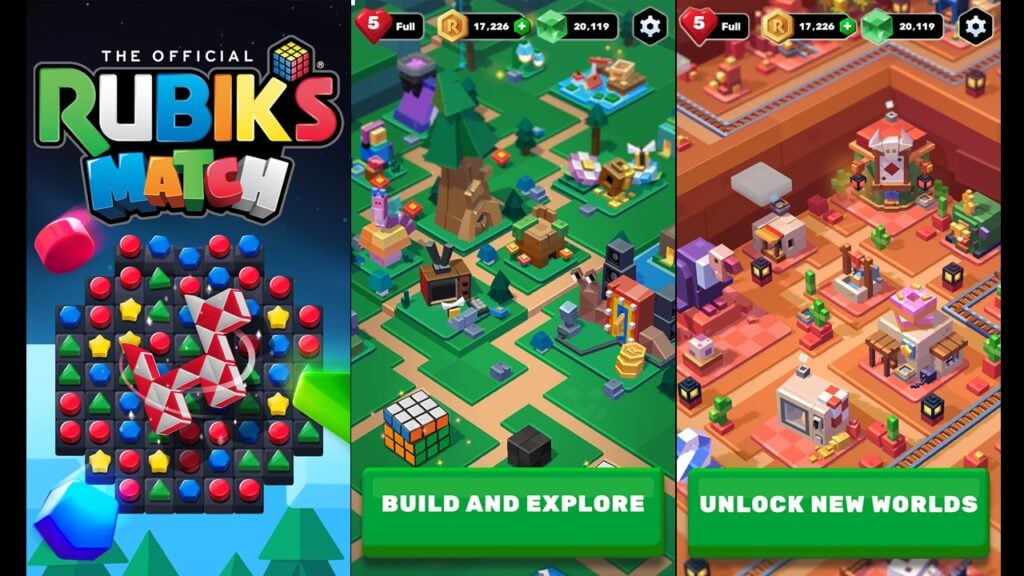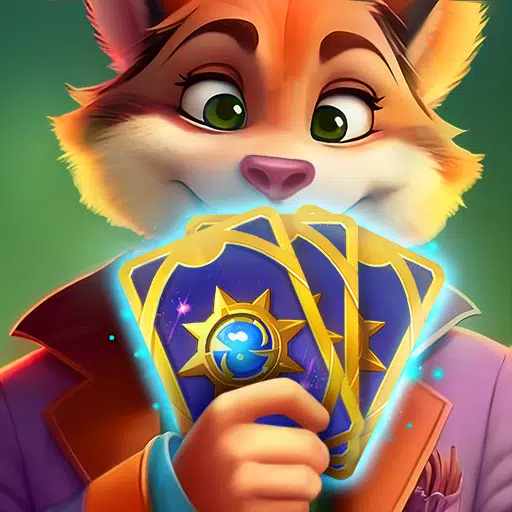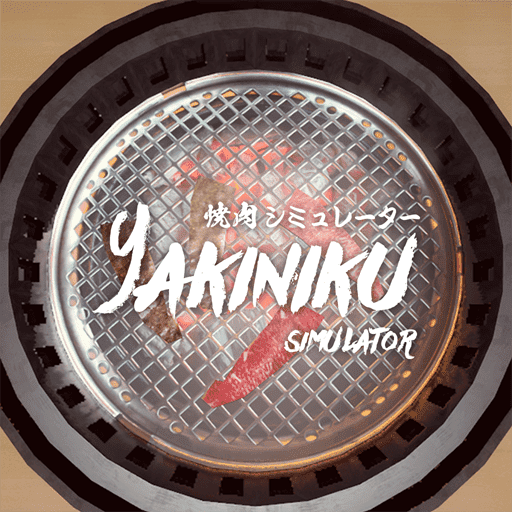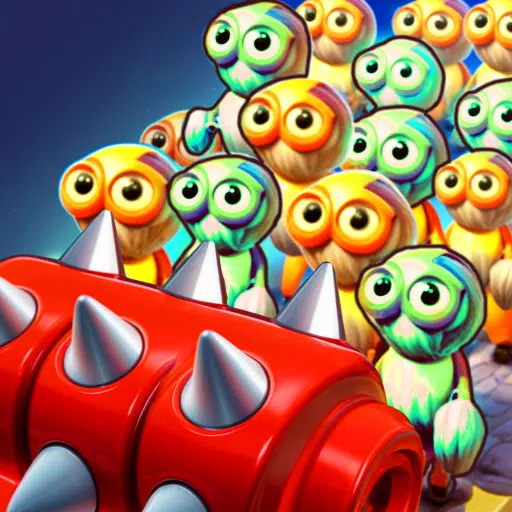Monster Hunter Wilds Interview: Meet Nu Udra, Apex of the Oilwell Basin – IGN First
Exploring the Fiery Depths of Monster Hunter Wilds' Oilwell Basin
Monster Hunter Wilds introduces a new hunting ground: the Oilwell Basin, a volatile landscape of oil, flames, and the remnants of an ancient civilization. This article delves into the design and ecology of this unique environment, focusing on its key monsters and the creative process behind their conception.
The Oilwell Basin, unlike the horizontally expansive Windward Plains and Scarlet Forest, is a vertically layered environment. Director Yuya Tokuda explains the dynamic ecosystem: during the Fallow season, it's a mud and oil-covered wasteland; the Firespring Inclemency burns away the oilsilt; and during the Plenty season, the soot clears, revealing minerals and artifacts. Art Director Kaname Fujioka highlights the verticality, with differing environments at the top, middle, and bottom strata, mirroring deep-sea or underwater volcano ecosystems.
Rompopolo: The Toxic Trickster
Rompopolo, a globular, toxic monster, was designed with a "mad scientist" aesthetic, featuring a chemical purple hue and glowing red eyes. Its design emphasizes trickery and the use of stored toxic gas. Fujioka notes the surprising cuteness of its crafted equipment, both for the hunter and Palico.
Ajarakan: The Flaming Brawler
Ajarakan, a flame-wreathed gorilla-like monster, contrasts with the more compact Congalala of the Scarlet Forest. Its design emphasizes straightforward power, with martial arts-inspired moves and flame-based attacks. Tokuda explains the design choice for a top-heavy silhouette to better convey the threat it poses. Fujioka adds that Ajarakan's design was refined to incorporate flashier moves, enhancing its personality and visual impact.
Nu Udra: The Apex Predator
The Oilwell Basin's apex predator, Nu Udra, is an octopus-like monster covered in flammable oil. Its design draws inspiration from octopuses, but with a striking silhouette and demonic horns. Tokuda highlights the demonic-inspired music accompanying its battles. The creation of Nu Udra represents a long-held ambition for both Tokuda and Fujioka, dating back to the underwater combat concepts of Monster Hunter Tri. Its fluid movements and ability to navigate the terrain, including squeezing into small holes, showcase the team's advancements in animation technology. Nu Udra's numerous tentacles, each with sensory organs, present a complex challenge, requiring hunters to strategically target its vulnerable points. Severed tentacles remain mobile for a time before decaying, impacting the quality of materials obtained.
Gravios' Return
The Oilwell Basin also features the return of Gravios, a rock-like monster emitting hot gas. Its inclusion was carefully considered to complement the environment and offer a unique challenge, particularly its exceptionally hard carapace. The wound system and part breaking mechanics are crucial for overcoming Gravios' formidable defenses.
Other Inhabitants
While Basarios' appearance is absent, many other monsters inhabit the Oilwell Basin, promising diverse and exciting hunting experiences.
The development team's dedication to creating unique and memorable monsters, even overcoming technical hurdles, is evident throughout the design of the Oilwell Basin and its inhabitants. The result is a vibrant and challenging environment that pushes the boundaries of Monster Hunter's gameplay and visual fidelity.
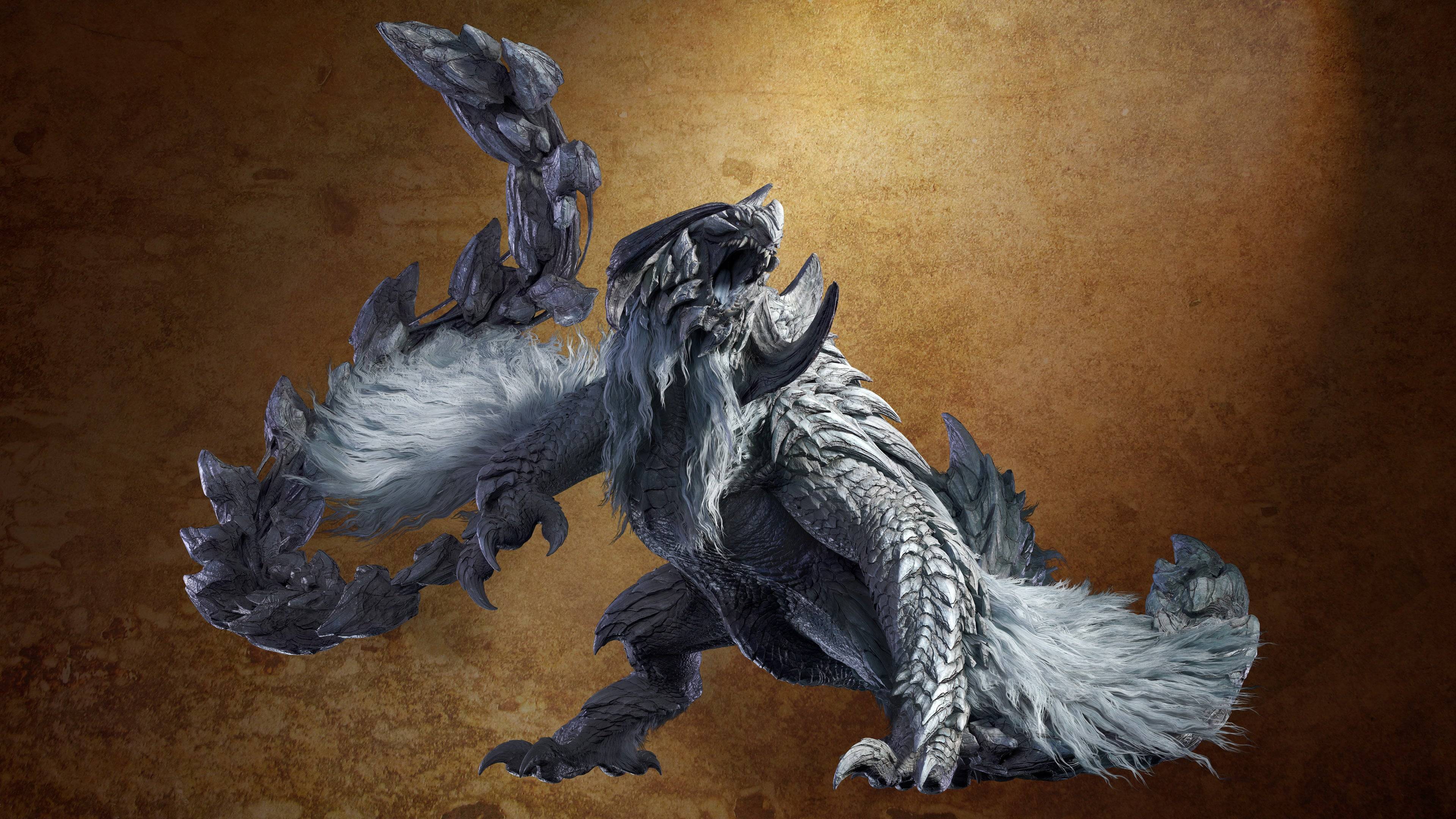
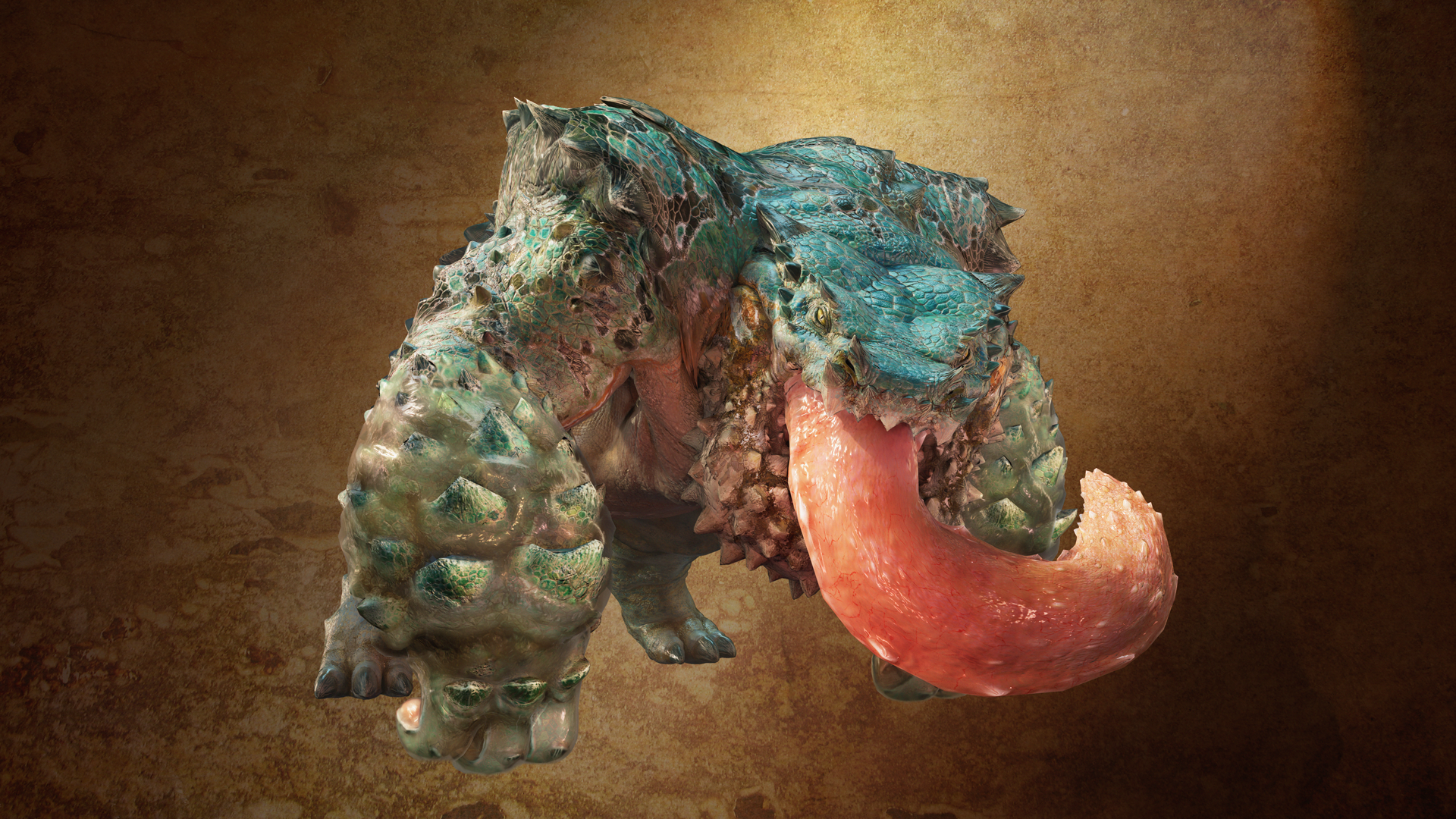
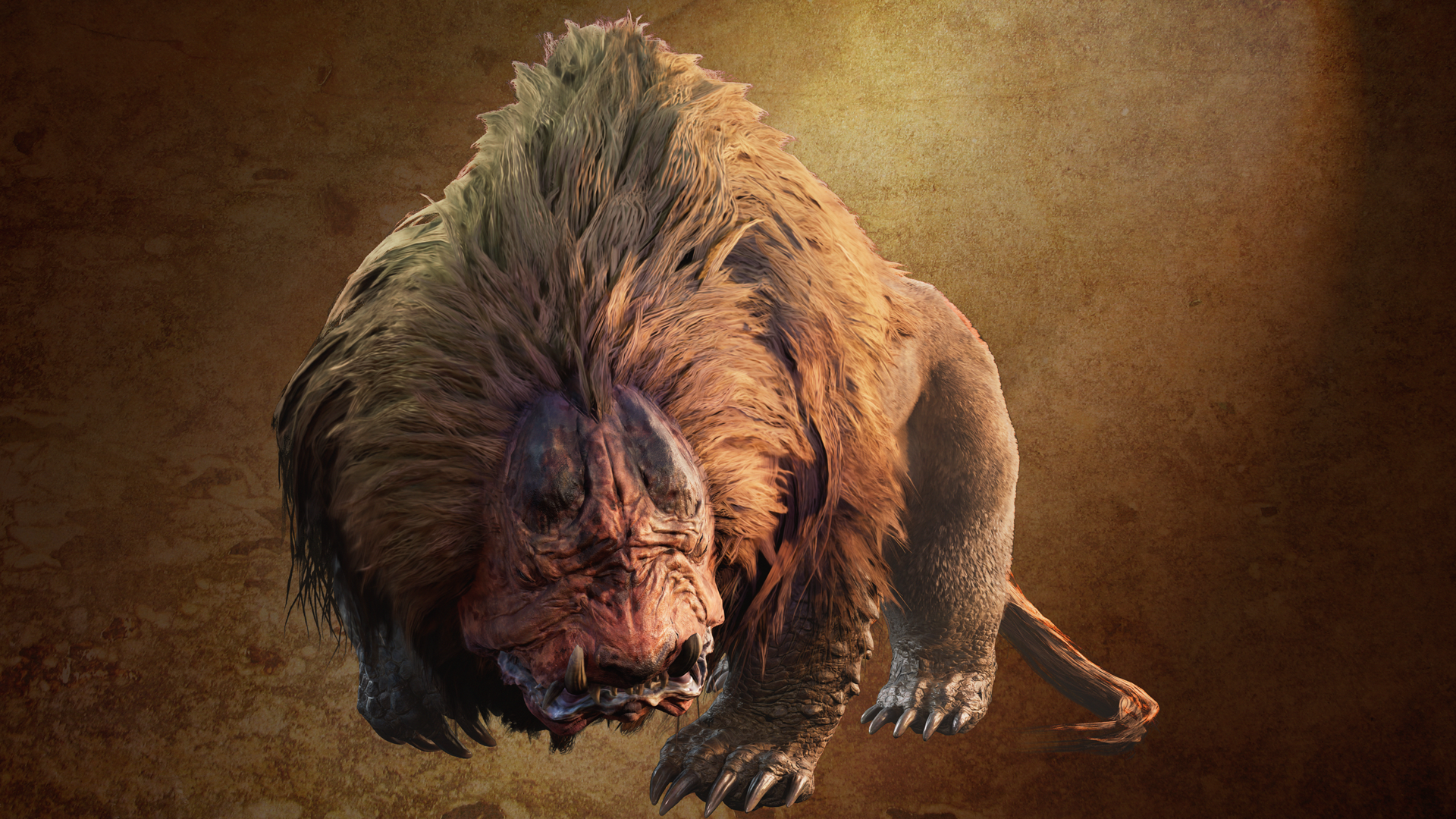
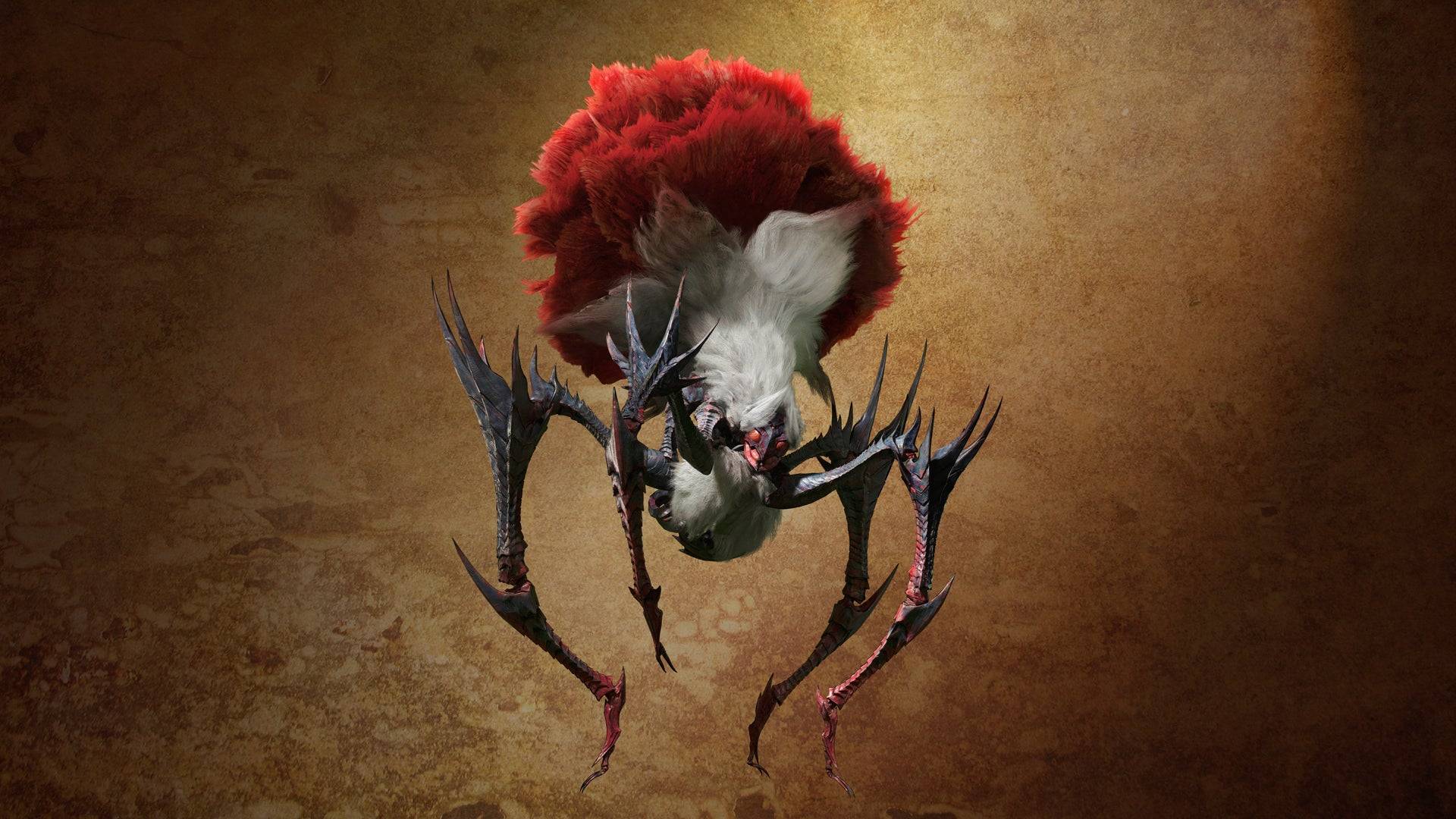
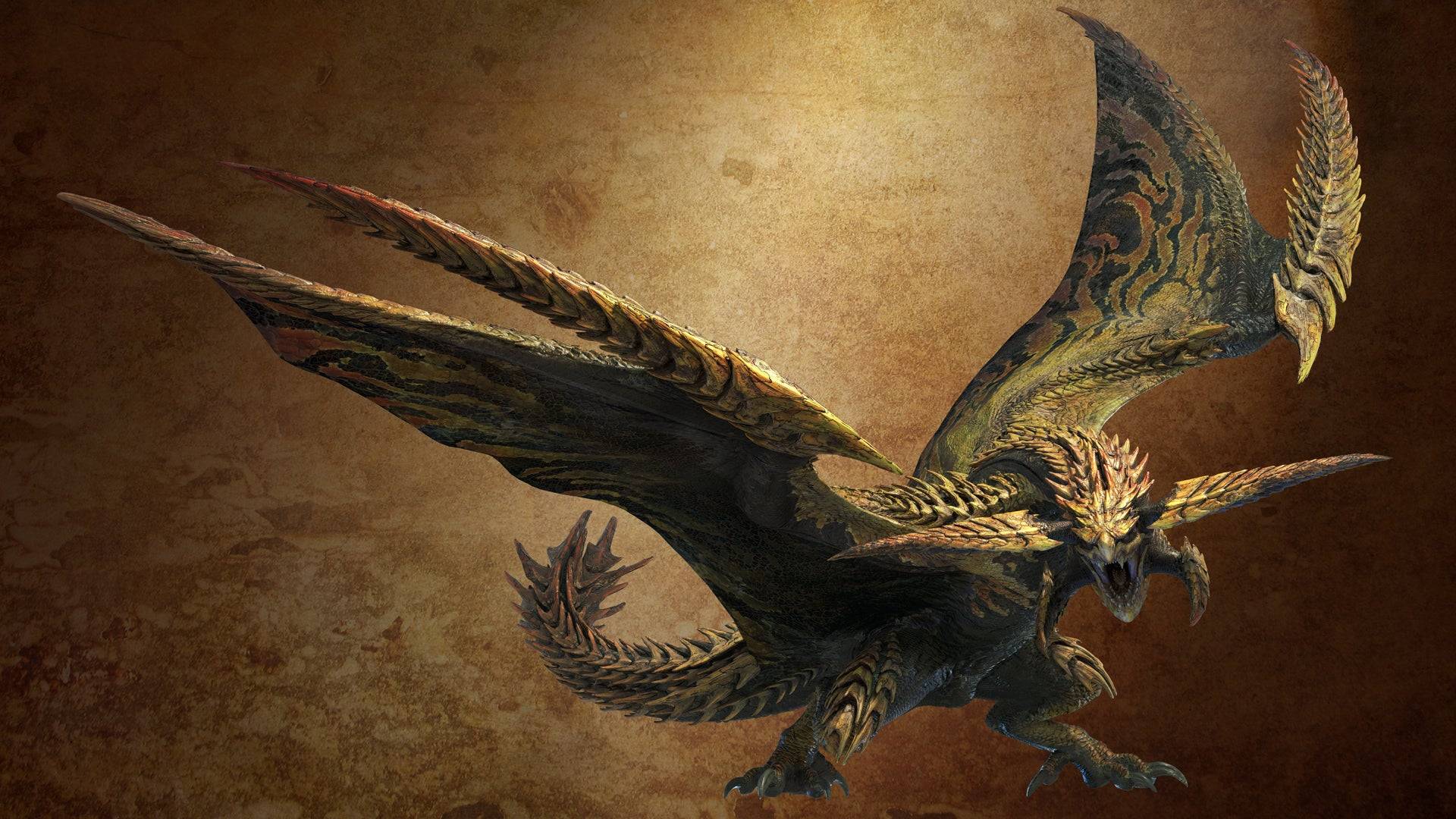
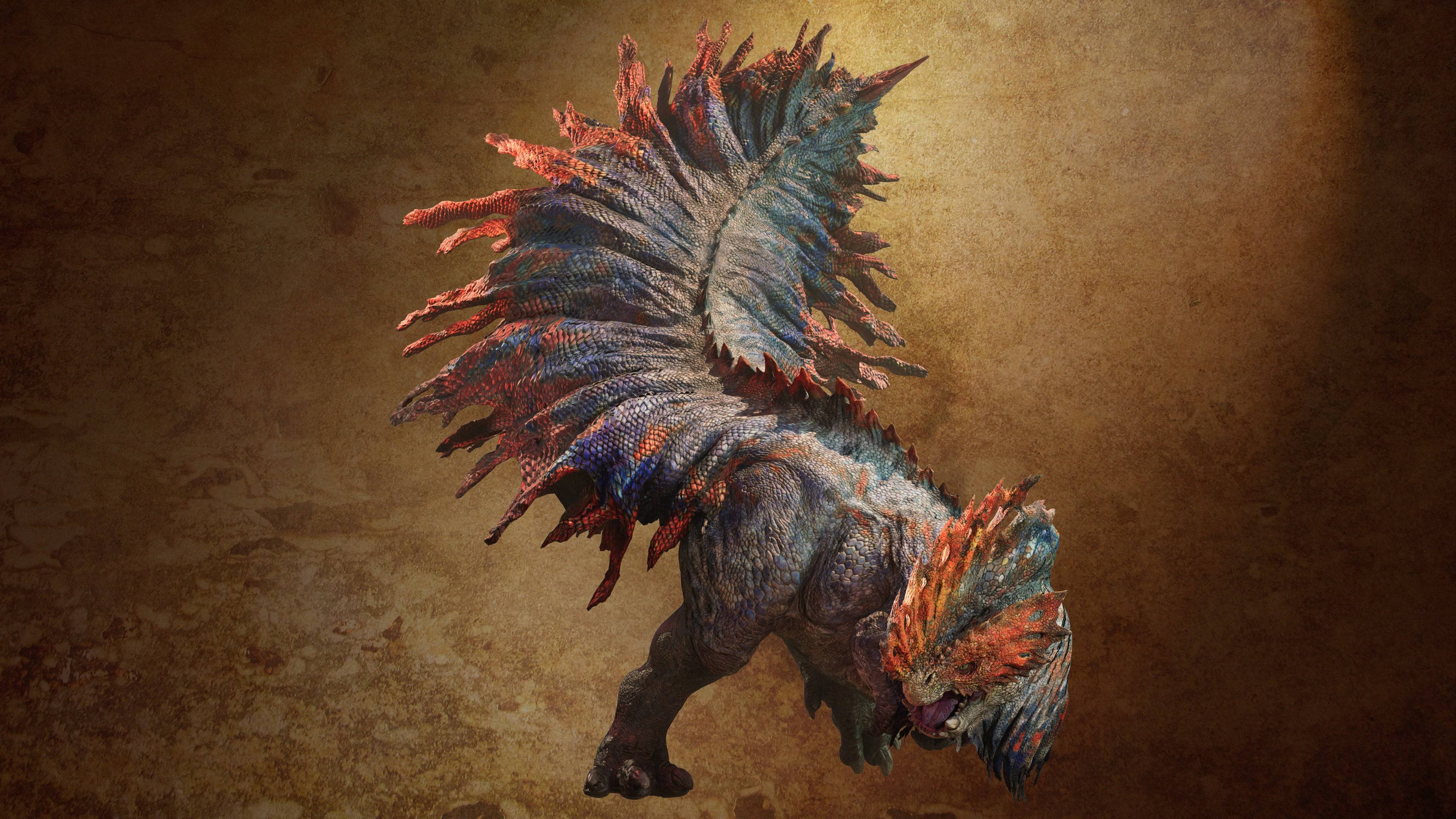
(Note: Image URLs are placeholders and need to be replaced with actual image URLs. The number of images shown is a placeholder; adjust as needed.)
-
1
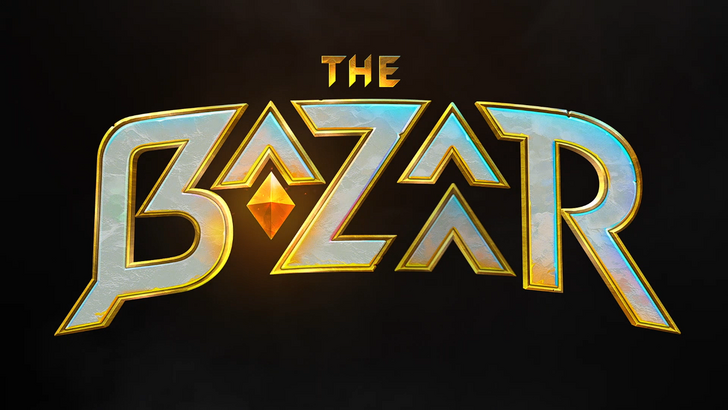
Announcing the Bazaar Release: Date and Time Unveiled
Feb 02,2025
-
2
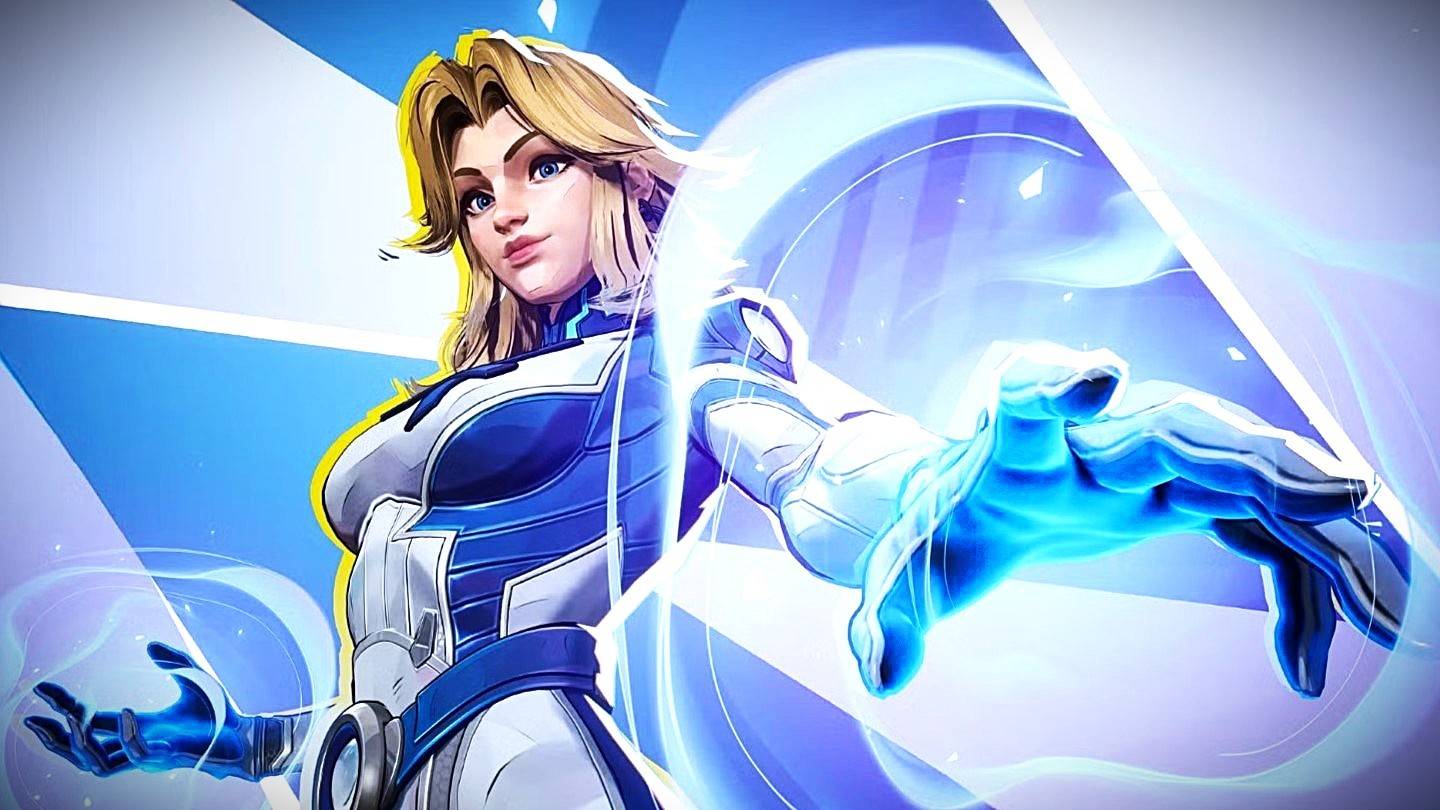
Marvel Rivals Update: News and Features
Feb 19,2025
-
3

GTA 6 Release: Fall 2025 Confirmed
Feb 23,2025
-
4
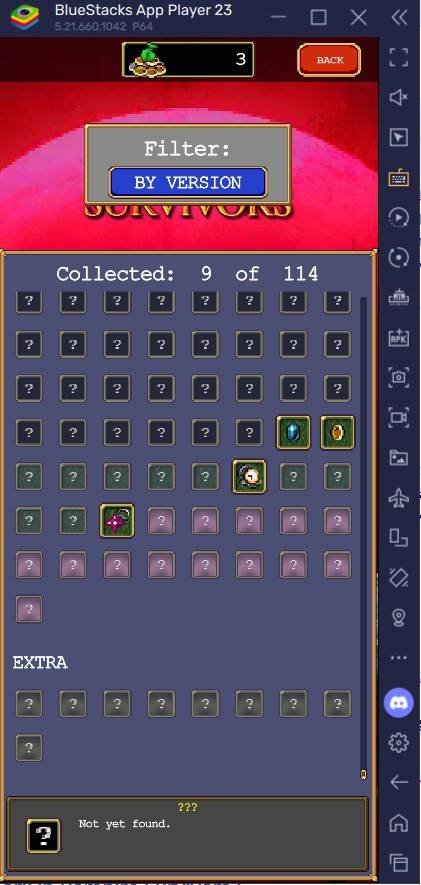
Vampire Survivors – Arcana Card System Guide and Tips
Feb 26,2025
-
5
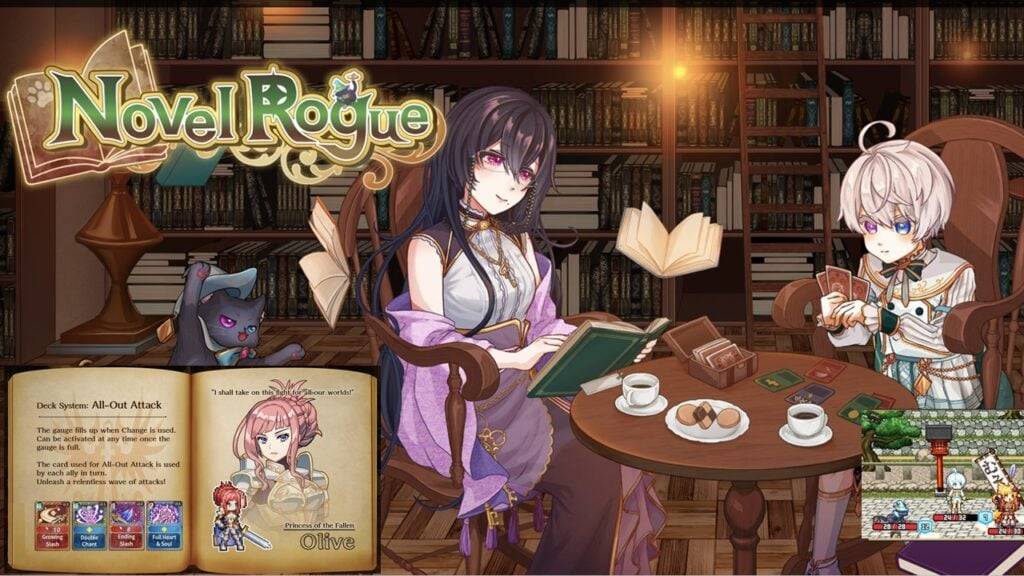
Novel Rogue Decks Android Debut
Feb 25,2025
-
6
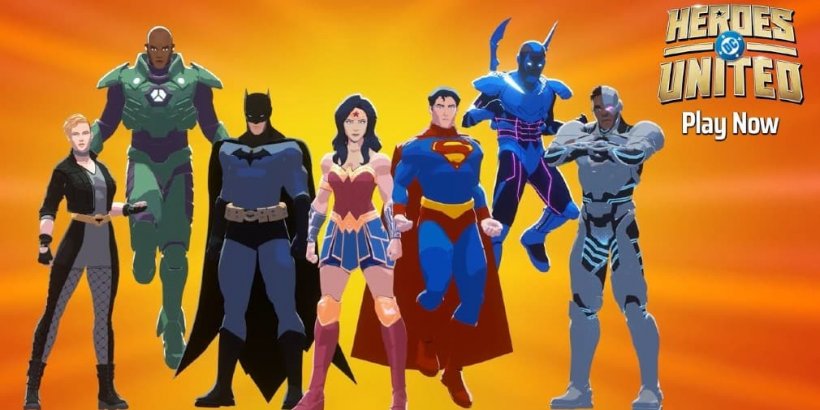
DC Heroes Unite: New Series from Silent Hill: Ascension Creators
Dec 18,2024
-
7
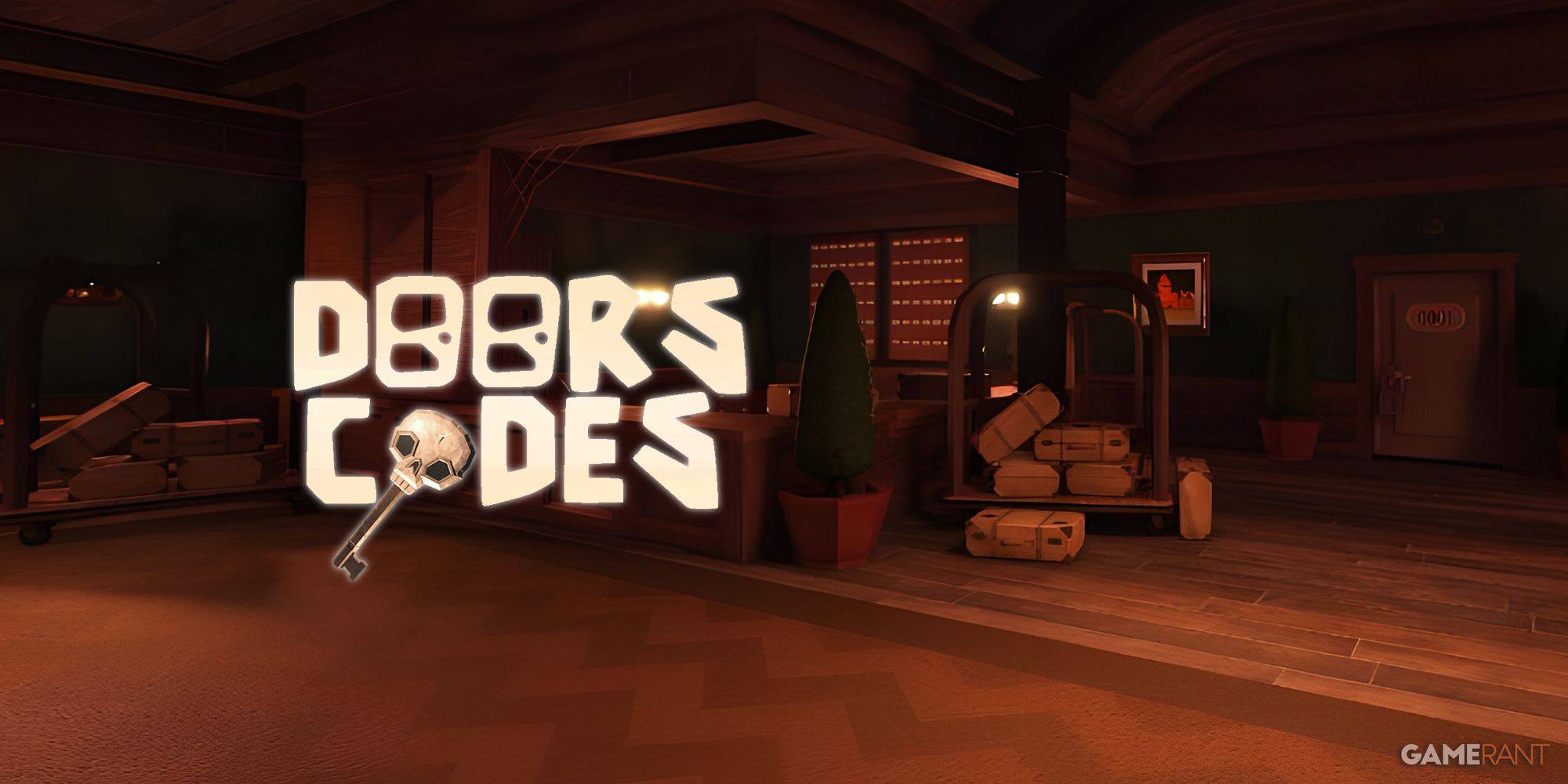
Get Exclusive Roblox DOORS Codes for January 2025
Feb 10,2025
-
8
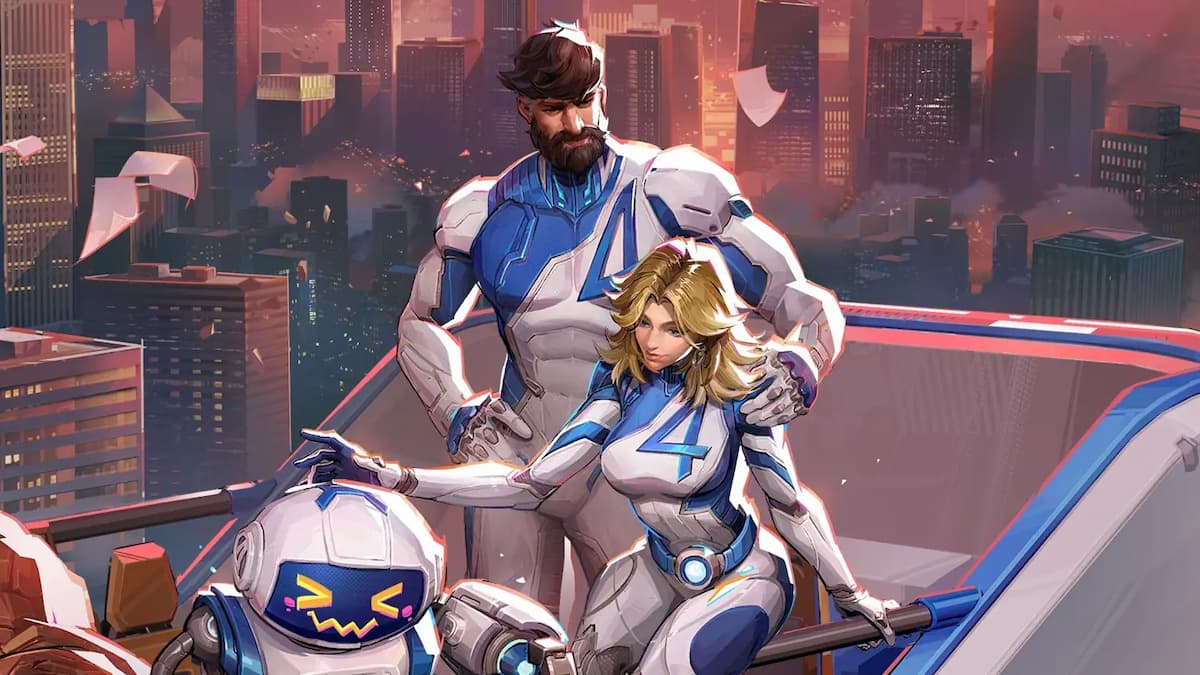
Marvel Rivals Unveils Season 1 Release Date
Feb 02,2025
-
9
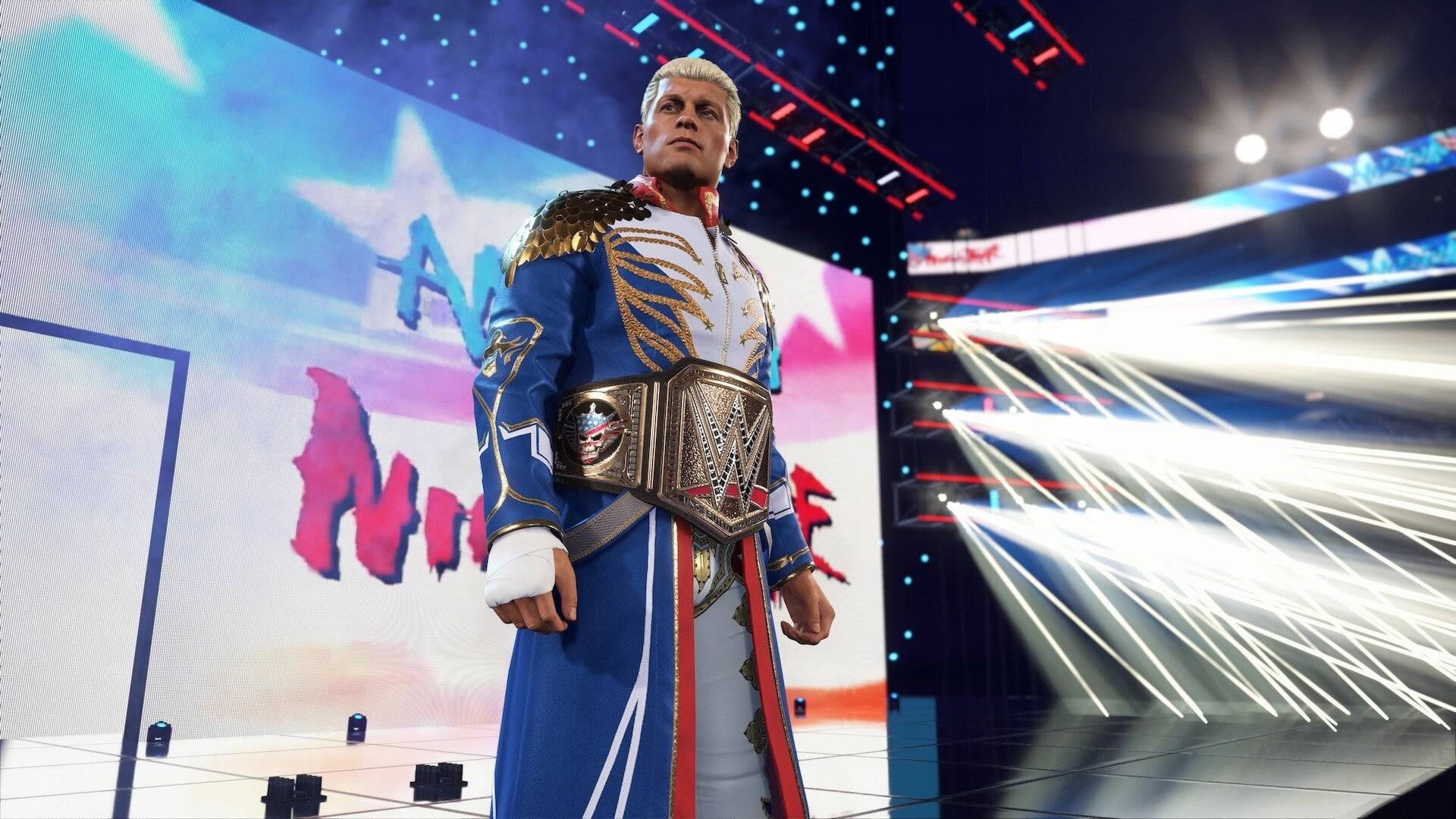
WWE 2K25: Long-Awaited Return
Feb 23,2025
-
10
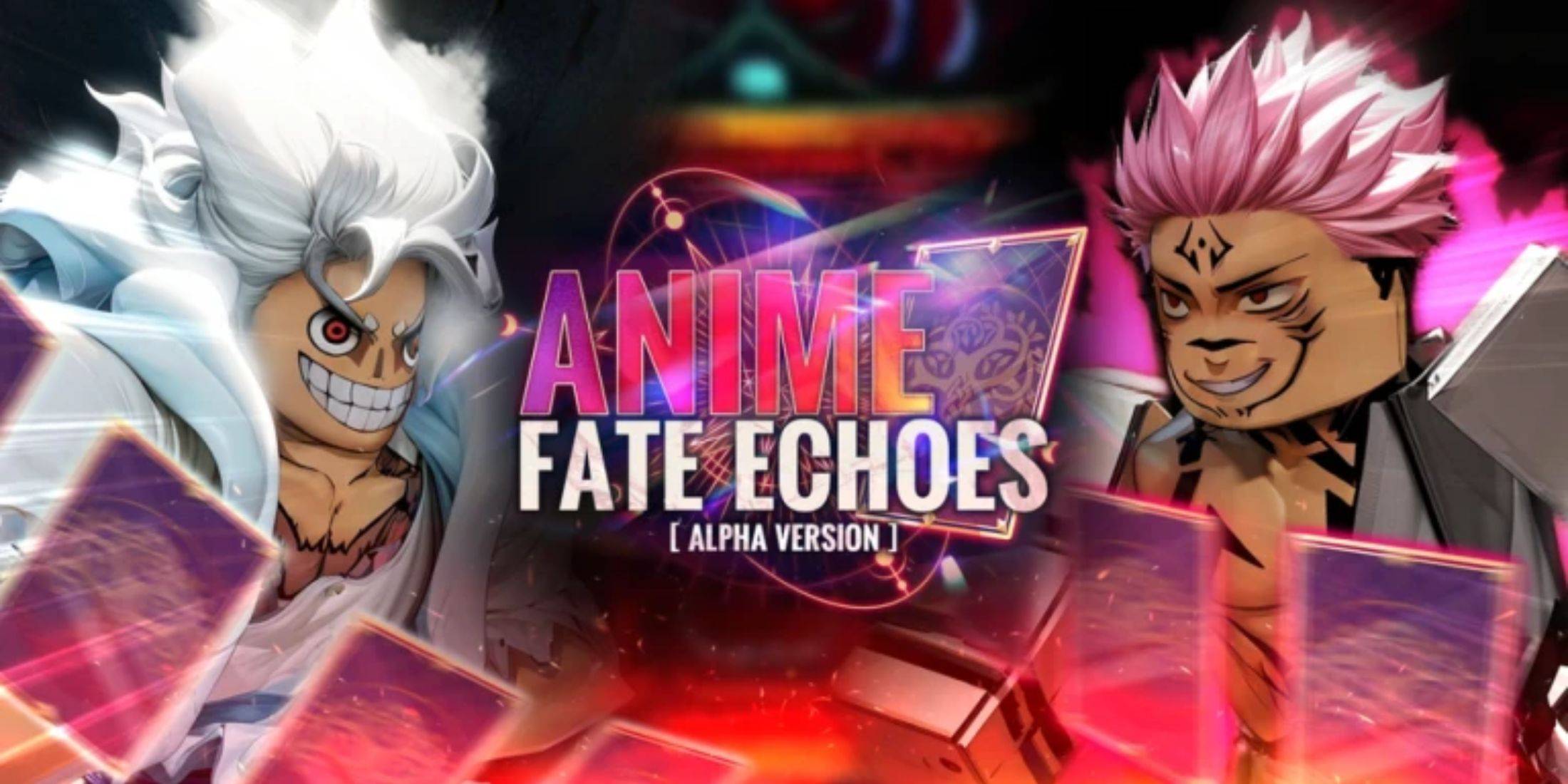
Anime Fate Echoes: Get the Latest Roblox Codes for January 2025
Jan 20,2025
-
Download
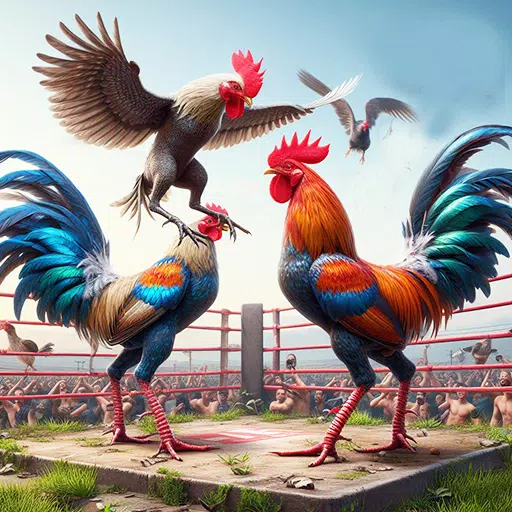
Street Rooster Fight Kung Fu
Action / 65.4 MB
Update: Feb 14,2025
-
Download
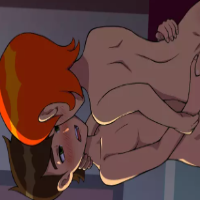
Ben 10 A day with Gwen
Casual / 47.41M
Update: Dec 24,2024
-
Download
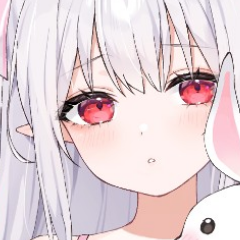
A Simple Life with My Unobtrusive Sister
Casual / 392.30M
Update: Dec 10,2024
-
4
Mega Jackpot
-
5
Day by Day
-
6
The Lewd Knight
-
7
Translate - Voice Translator
-
8
VPN Qatar - Get Qatar IP
-
9
Chewy - Where Pet Lovers Shop
-
10
Kame Paradise

